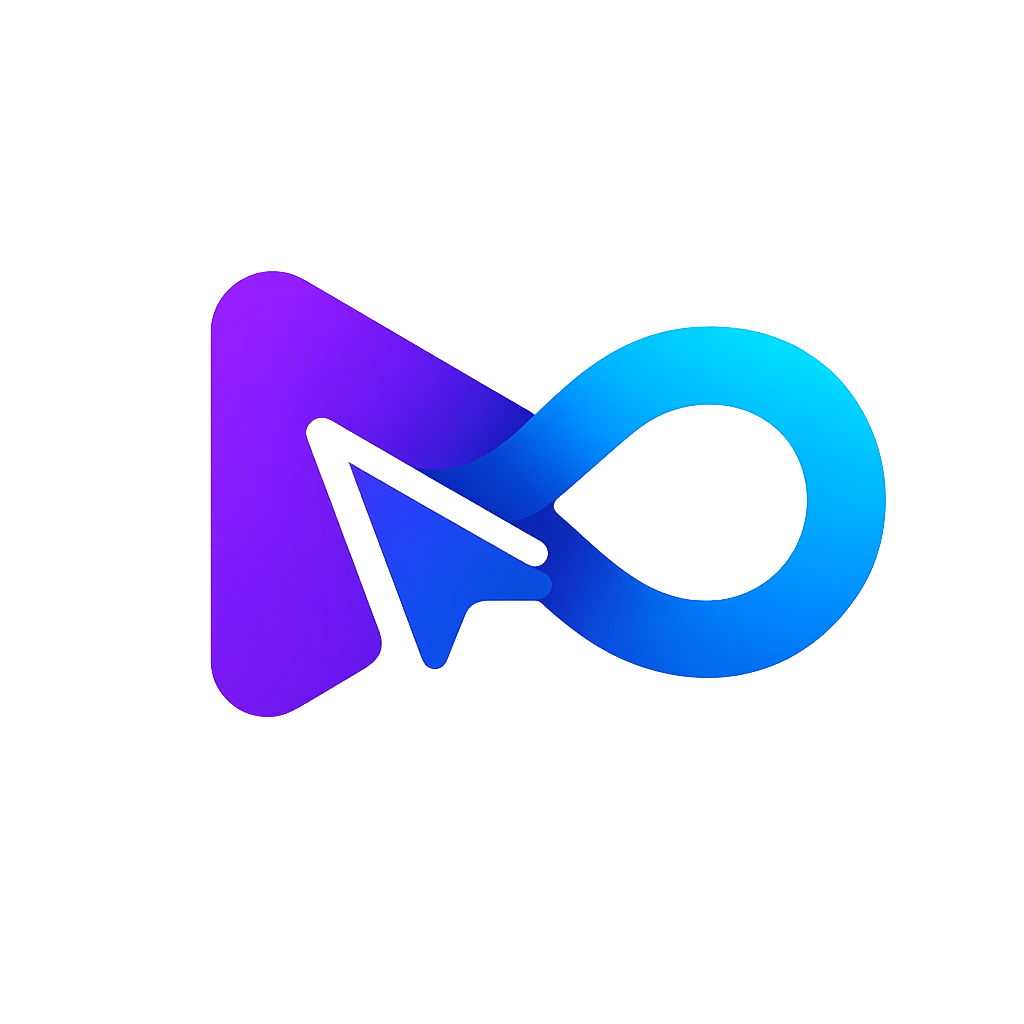AI Tile Creator

What is tilemaker.app?
Tilemaker is a robust tool designed for generating custom vector tiles from OpenStreetMap (OSM) data. Its key features and advantages include:
DIY Vector Tiles: Users can effortlessly create vector tiles either locally or utilizing cloud resources without the necessity of an additional database or third-party services.
No Cost or Contracts: Tilemaker incurs no maintenance expenses, contractual obligations, or commercial use restrictions, providing users full autonomy over their map data.
Customizability: Tailored to diverse needs, Tilemaker accommodates both standard tile styles and specialized maps such as walking, city, or cycling maps. Through Lua scripting, users can select specific OSM tags and encode them into vector tile values.
Mapbox Vector Tiles Format: The produced tiles conform to the widely accepted Mapbox Vector Tiles format, ensuring seamless zooming, rotation, and dynamic styling.
Open Source: Tilemaker operates under a permissive license and is developed in C++, with its complete source code and example configurations publicly accessible on its GitHub repository.
Integration with MapLibre GL: Tiles generated by Tilemaker can be seamlessly rendered within web browsers, iOS applications, or Android platforms using the open-source MapLibre GL library.
How does tilemaker.app work?
Tilemaker is a robust tool for crafting personalized vector tiles from OpenStreetMap (OSM) data. Here’s a breakdown of its functionality:
Data Source: Tilemaker utilizes .osm.pbf planet extracts, typically sourced from providers like Geofabrik. These extracts contain OSM data for a designated region or the entire planet.
Stack-Free Approach: Unlike conventional solutions, Tilemaker operates in a "stack-free" manner. It doesn’t necessitate a separate database or intricate infrastructure. Users only need to install a single executable.
Vector Tile Generation: By processing the OSM data, Tilemaker creates vector tiles conforming to the Mapbox Vector Tiles format. These tiles are customizable for various applications, including walking, city, or cycling maps.
Customization with Lua: Users can leverage the Lua scripting language to pinpoint specific OSM tags and encode them into vector tile values. This adaptability enables users to tailor the tiles according to their requirements.
MapLibre GL Integration: Tilemaker seamlessly integrates with the open-source MapLibre GL library, facilitating the rendering of tiles within web browsers, iOS applications, or Android platforms.
What are the benefits of tilemaker.app?
Let's break down the benefits of Tilemaker and its applications:
QFI Mosaic Tilemaker App:
- Educational Value: The app serves as an educational tool, particularly for students interested in Islamic art and architecture, by introducing concepts like tessellation, symmetry, and calligraphy.
- Interactive Learning: Users can actively participate in designing mosaics within the app, fostering an interactive learning environment to explore geometric principles and historical context.
- Creativity and Expression: Encouraging creativity, the app allows users to experiment with various patterns, colors, and shapes, enabling the creation of unique mosaic designs.
- Free of Cost: The app is accessible to a broad audience as it is available for free.
Tilemaker (DIY vector tiles from OpenStreetMap data):
- Custom Vector Tiles: Users can generate personalized vector tiles from OpenStreetMap data, suitable for creating interactive maps on websites, applications, or other platforms.
- Control Over Styling: By crafting their vector tiles, users gain complete control over the map's styling, labels, and displayed features, thereby enhancing the user experience.
- Offline Usage: Generated vector tiles can be utilized offline, reducing reliance on external map services and ensuring accessibility even in areas with limited internet connectivity.
- Open Source: Being an open-source project, Tilemaker allows users to contribute to its development and benefit from community-driven enhancements.
- Free and Flexible: The tool is freely available, making it an attractive choice for developers and map enthusiasts alike.
These benefits may vary based on the specific application of Tilemaker you're interested in. If you require further clarification or additional information, feel free to inquire.
How do I get started with tilemaker.app?
To kickstart your journey with Tilemaker, a versatile tool for crafting vector tiles from OpenStreetMap data, here’s a comprehensive guide to get you started:
Using the Docker Image (Easy Start):
- For a seamless setup experience, utilize the pre-configured Docker image provided by Tilemaker.
- Visit the specified link to download the monaco-latest.osm.pbf snapshot of OpenStreetMap.
- Execute Tilemaker on the downloaded snapshot to generate Protomaps vector tiles:
docker run -it --rm -v $(pwd):/data ghcr.io/systemed/tilemaker:master /data/monaco-latest.osm.pbf --output /data/monaco-latest.pmtiles- Explore the generated vector tiles using the debug viewer.
Manual Installation:
- If you prefer compiling Tilemaker from source, adhere to these steps:
a. Install the required dependencies: Boost (latest version recommended, minimum 1.66), Lua (5.1 or later) or LuaJIT, SQLite3, Shapelib, RapidJSON.
b. Clone the Tilemaker repository from GitHub.
c. Compile and install Tilemaker:
```
make
sudo make install
``` - Execute Tilemaker on your .osm.pbf source data:
tilemaker /path/to/your/input.osm.pbf /path/to/your/output.mbtiles- For processing expansive areas without memory constraints, utilize temporary storage on an SSD:
tilemaker /path/to/your/input.osm.pbf /path/to/your/output.mbtiles --store /path/to/your/ssd- To incorporate sea tiles, create a coastline directory and save the files from the provided link in it (ensuring Tilemaker locates a file at coastline/water_polygons.shp).
Remember, Tilemaker is designed to be "stack-free," eliminating the need for a database and simplifying installation with just one executable. Enjoy crafting your vector tiles! If you have any further queries, don’t hesitate to ask.
What are the limitations of tilemaker.app?
Let's delve into the limitations of Tilemaker and its applications:
QFI Mosaic Tilemaker App:
- Scope: While adept at introducing students to fundamental concepts of Islamic art and architecture, the app's educational scope is primarily basic. Advanced or specialized topics may not be covered comprehensively.
- Platform Dependency: As a web-based application, the QFI Mosaic Tilemaker App requires an internet connection for access, potentially limiting offline usage.
- Limited Complexity: The app's interface and toolset may impose constraints on the complexity of mosaic designs users can create, potentially limiting creativity.
Tilemaker (DIY vector tiles from OpenStreetMap data):
- Technical Knowledge Requirement: Effective use of Tilemaker necessitates a certain level of technical proficiency, including familiarity with command-line tools, dependencies, and map data formats.
- Resource Intensiveness: Generating vector tiles, especially for extensive geographic regions, can be resource-intensive, posing challenges for users with limited computing resources.
- Customization Complexity: While Tilemaker offers customization options, designing intricate map layouts with complex styling rules may require advanced expertise.
- Lack of GUI: Tilemaker operates solely through command-line interface, lacking a graphical user interface (GUI), which may present a barrier to users preferring visual tools.
These limitations may vary depending on the specific application of Tilemaker you're interested in. If you require further elucidation or additional information, feel free to inquire.
How can TileMaker benefit developers in creating AI-powered apps?
TileMaker, integrated with platforms like Material Diffusion, Replicate, Vercel, and GitHub, offers developers a unique advantage by providing a robust framework to create customized vector tiles from OpenStreetMap data. It enhances development by allowing creation without the need for additional databases or third-party services, thus reducing costs and increasing flexibility. Developers can easily clone and modify the project via GitHub to cater to specific application needs, such as interactive maps for websites and mobile apps, ensuring a seamless user experience with controlled styling and feature display.
What customization options does TileMaker offer for vector tiles?
TileMaker offers a high degree of customization for vector tiles through the use of Lua scripting, which allows users to select and encode specific OpenStreetMap tags into vector tile values. This flexibility facilitates the creation of tailored map styles suitable for various applications, including walking, city, or cycling maps. Users have complete control over the styling, labels, and displayed features of the maps, which enhances interactivity and user engagement for web, iOS, and Android platforms.
How does TileMaker ensure seamless integration with mapping libraries?
TileMaker ensures seamless integration with mapping libraries by producing tiles that conform to the widely accepted Mapbox Vector Tiles format. This compatibility allows for easy rendering and manipulation within web browsers, iOS applications, or Android platforms using the open-source MapLibre GL library. This integration supports features such as dynamic styling, zooming, and rotation, ensuring a smooth and interactive mapping experience for end-users.









.webp)




















